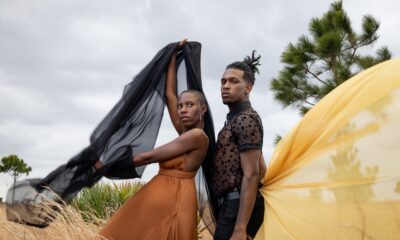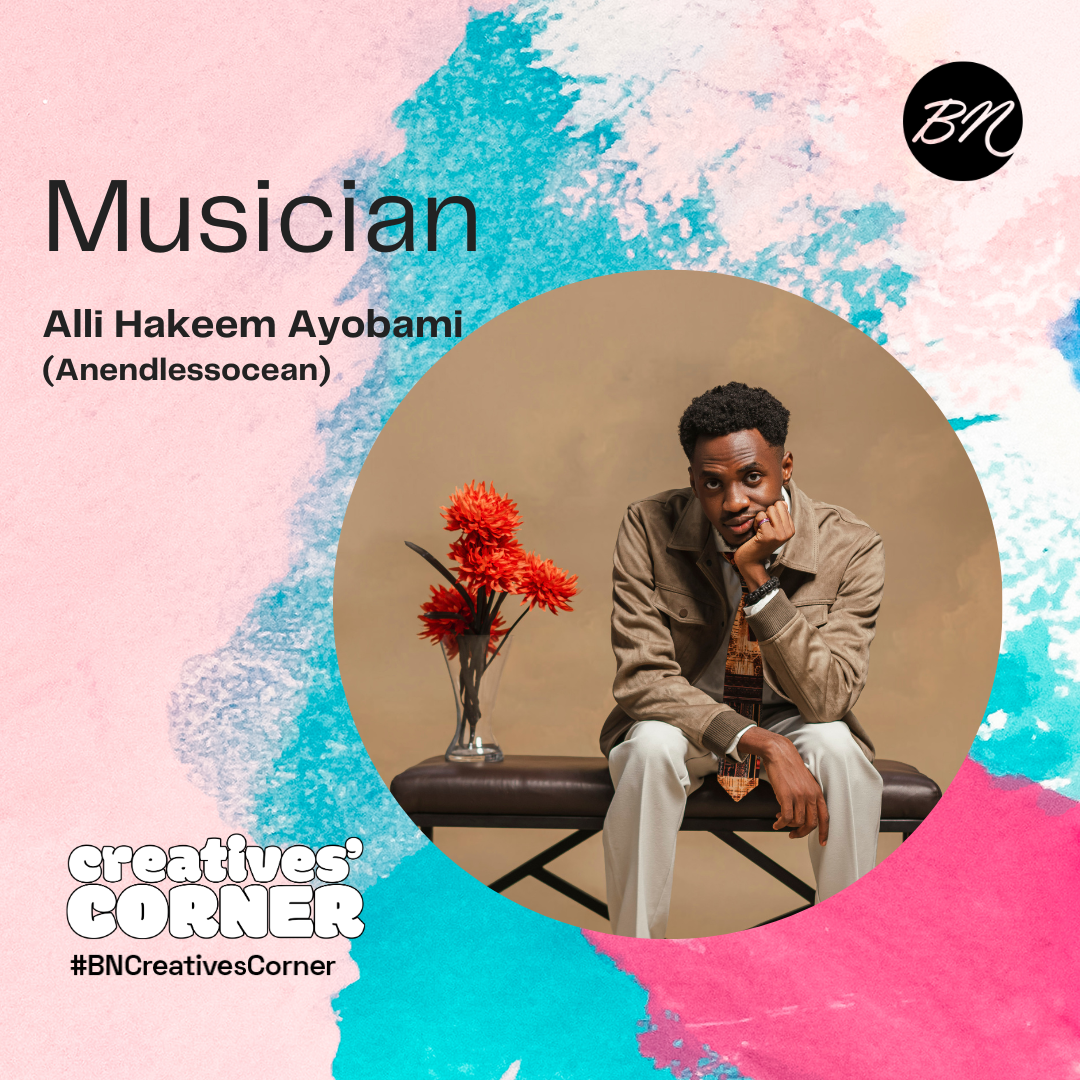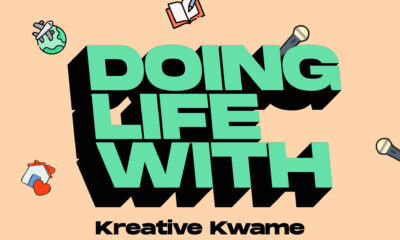Features
#BNCreativesCorner: Hammed Okunade is Expressing his Creative Personality Through “Hingees”
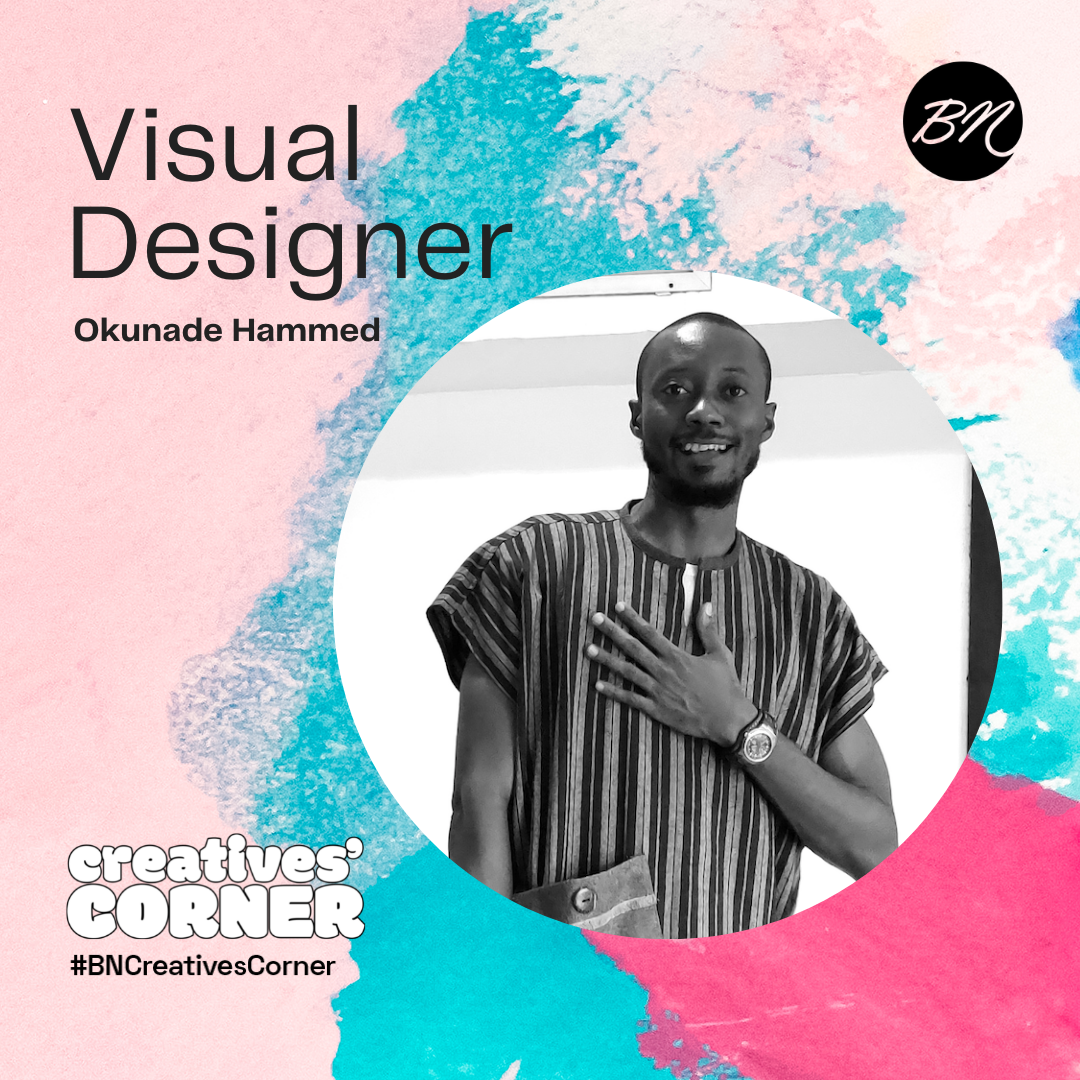
Hammed Okunade is known for many things but there are two words that summarise his whole personality: creativity and minimalism. From Hingees to Dhikr Posters, and Blank Tribe, going through his Instagram pages may help you forget your sorrows. Cool graphics, beautiful colour combination, fewer but important words, you immediately begin to feel at peace. Hammed’s world of designs and branding is free of chaos. There, there is no gragra.
People always say that I’m minimalist, I get it a lot. I think it stems from my lifestyle. I don’t do well in chaos. I like things being very direct and simple. Let’s go straight to the point, pass the message across, let people get it immediately. When there’s too much going on, you tend to lose focus. I try to focus on the essentials and eliminate the noise.
Even on Twitter, Hammed has muted a lot of wahala and his timeframe is properly curated. “If there’s something I do a lot, I curate,” Hammed says. That way, ‘vayolence’ doesn’t come to him unless he seeks it himself. Even on Instagram, Hammed’s timeline is well curated to see majorly photographers and beautiful artworks, so no, your pictures of well-made noodles garnished with orisirisi may not count.
Hammed’s minimalist nature extends to his brand, Hingees. It isn’t only the colour that makes it so, the wordings are written with care and deep thoughts. They tell stories and pass across messages. From the colours, to the wordings on the t-shirt, to the qualities of their tees, everything about Hingees makes you feel at home. And that is what Hammed aims for. For Hammed, Hingees is “an extension of me. An expression of my person fused with branding.”
It is an outlet for my creativity as a designer. I wanted to create something out of everything I know about branding; something that people can easily connect with.
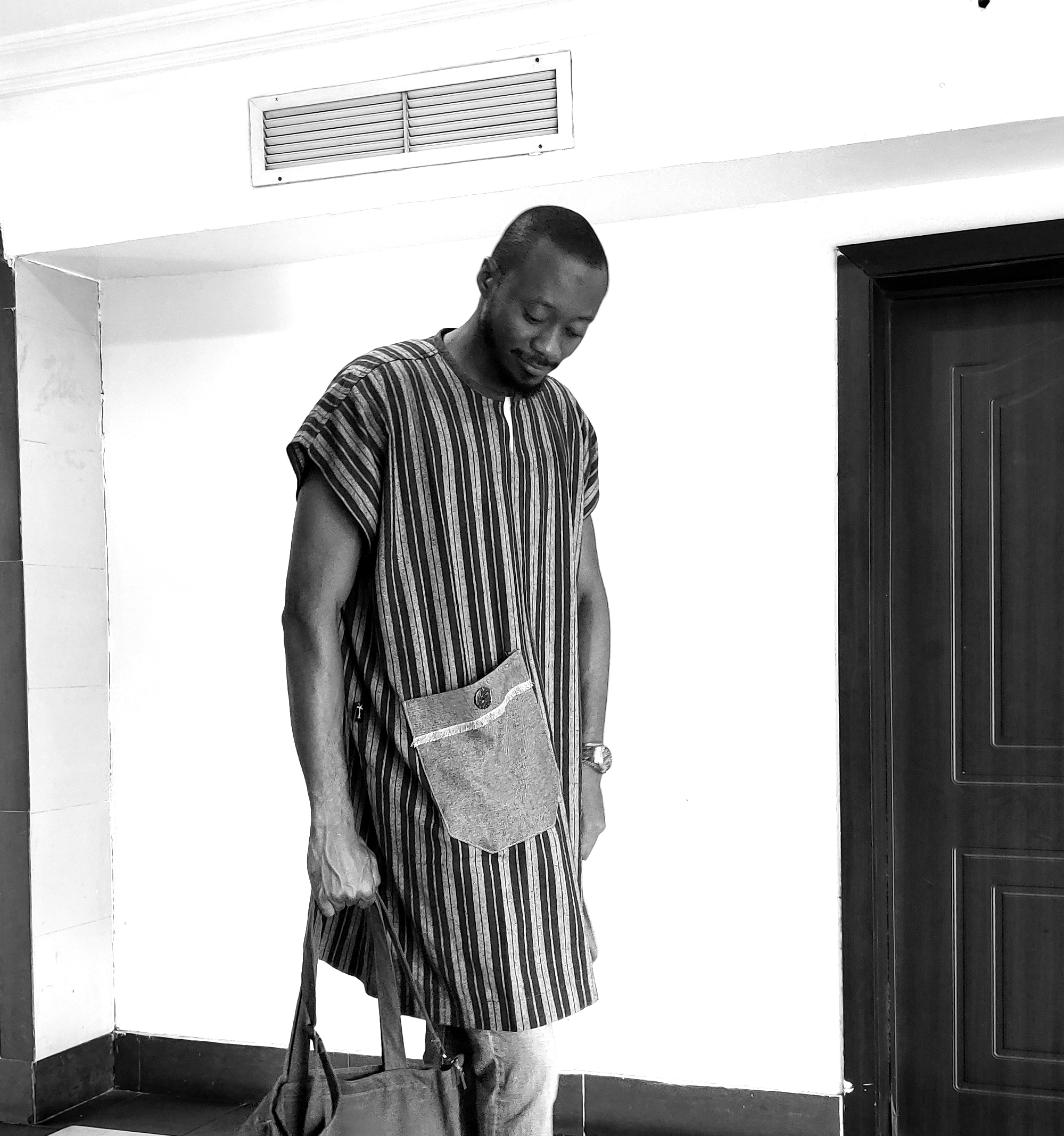
Hammed Okunade did not start with Hingees. Although his creativity journey started many years ago, he doesn’t bore us with tales of how he had been a designer since birth. “I don’t think I was really creative while growing up, except for the fact that I liked comics. I enjoy comics a lot,” he says.
If you have ever doubted the phrase, “catch them young,” Hammed’s story is a lesson on how what we impart in children can make or mar their creative journey.
Right from when I was little, I knew I wanted to do something with computers. I was in primary 4 when they did an exhibition in school and it was very fascinating – you know, you press something and then realise that the thing you press is showing on the screen, or you’re pressing forward and the thing is jumping. I was fascinated.
I made up my mind that I wanted something to do with computers. Before then, I wanted to be a banker because my parents were bankers, and I thought bankers had money. I think I was in Jss3 or SS1 when my dad bought a computer, they didn’t set it up for a long time, and it was after three months, they installed stuff on it. I remember that night, I wasted printer ink out of curiosity, I kept playing with WordArt, typing on Microsoft Word, using the paint and colours.
And there, the journey began.
After secondary school, I went to computer school to do systems and network engineering. It was while I was there I met Sam who was doing desktop publishing. Whenever they gave him an assignment, Sam would come to me for help. I also had insights and ideas on colours and told him what colours to use, and it always came out so well. Although looking at it now, it was rubbish then. So Sam and I had a deal: he’d teach me graphics while I teach him system and network engineering.
While he was teaching me graphics, we got to a point where I did something on Corel Draw that looked like a website and I was like “Wooow, web designer.” I called one of my guys, Debo, and said “Omo, I don dey design websites.” When he saw it, he said “O boy, this is rubbish na. I have someone who will teach you web design.” He introduced me to someone else, Usman. At that time, Unman was a web developer. And that’s how I moved into web development. I got really good at coding and after some time with Unman, I started building websites for clients.
While doing this, the clients would always request for logos. Extra income? Not bad. So I started doing logos and banners and it was very fascinating for me because I’m very visual. There’s a kind of satisfaction in designing something, printing it out and seeing exactly what you designed. I fell in love with design. So I left coding and moved to graphic design in 2011.
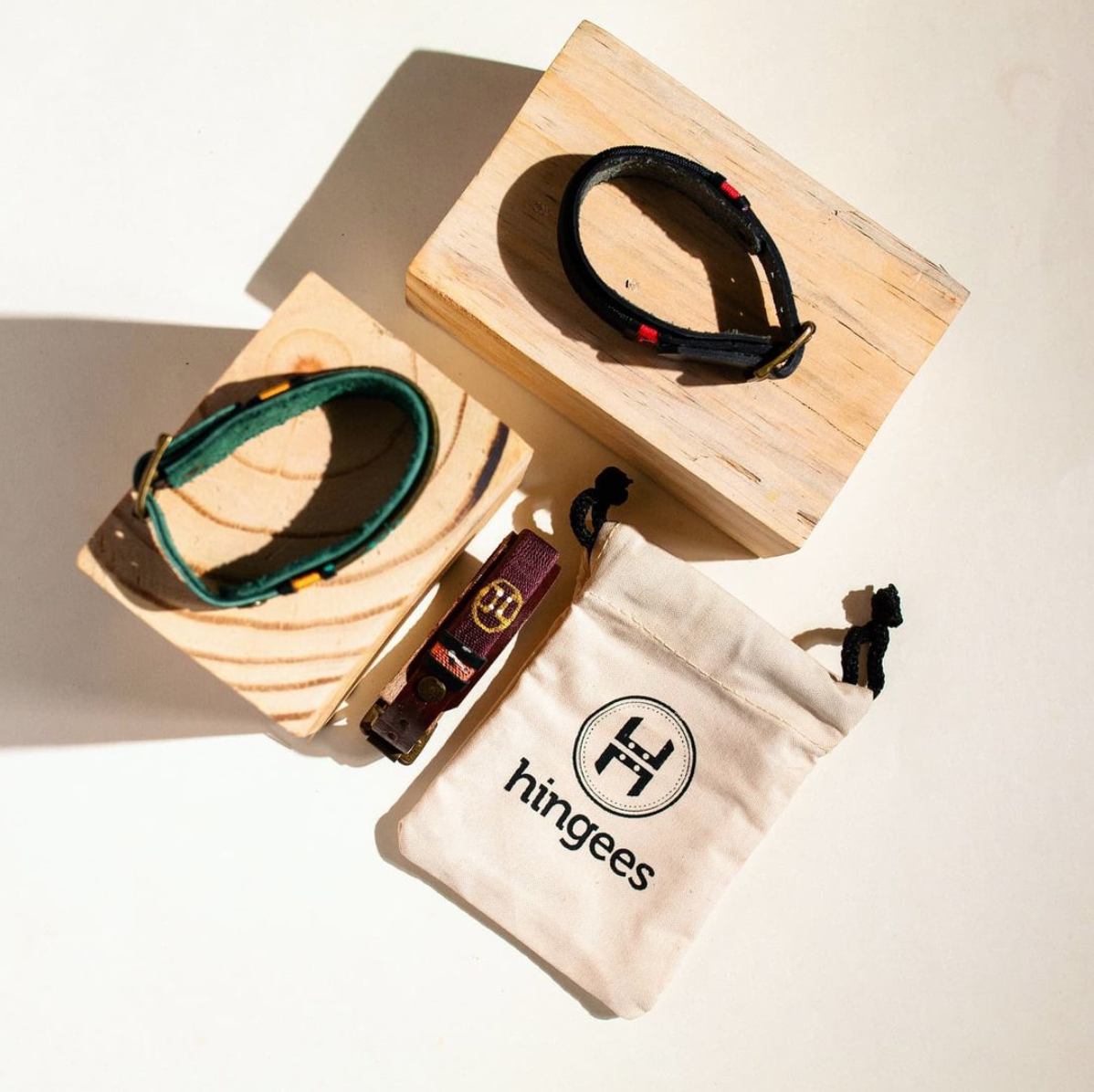
Once Hammed discovered the world of design, he knew there was no turning back for him. He decided to go for computer studies in the university but he was “given agriculture instead.” What do they say about making lemonade out of lemons? Agric got nothing on Hammed’s love for computers and designs, and although he was studying agriculture, he used to teach computer science students a few things on design and coding.
After graduating, there came the big question, “what do I do?”
I had an aunty in Chevron who had promised me a job, but after NYSC in Warri, she tried to get me into one of the oil companies but it didn’t work. And I was already designing then, so I doubled down on my design. I got my first set of clients from Twitter.
There’s a Yoruba proverb that says, “there are many roads to the market.” If you live in this part of the world, you’d know that when searching for a job, looking for an outlet for your talents or skills, or trying a new business, you must never put all your eggs in one basket, lest the handle breaks and there goes all your eggs with it. Now out of NYSC and back to Lagos, Hammed was doing well as a freelancer, but a lirru 9-5 hurts no one, right? Especially when it is a miracle job that “a lot of people don’t believe.”
I went to meet a client in Lekki one day and I was coming out of the company and then a man saw me and said ‘are you a graphics designer?’ I said ‘yes.’ Then he told me he was starting a company very soon and wanted me to come work for him.
I wasn’t interested in working for any company then because I was already making money as a freelancer. He called me the next morning and said, again, that he wanted me to come work for him. I went for the interview and started working immediately after the interview as the head of design in 2013.
Hammed worked there for about a year, and in 2014, he moved to head HelloFood’s (now Jumia) design team.
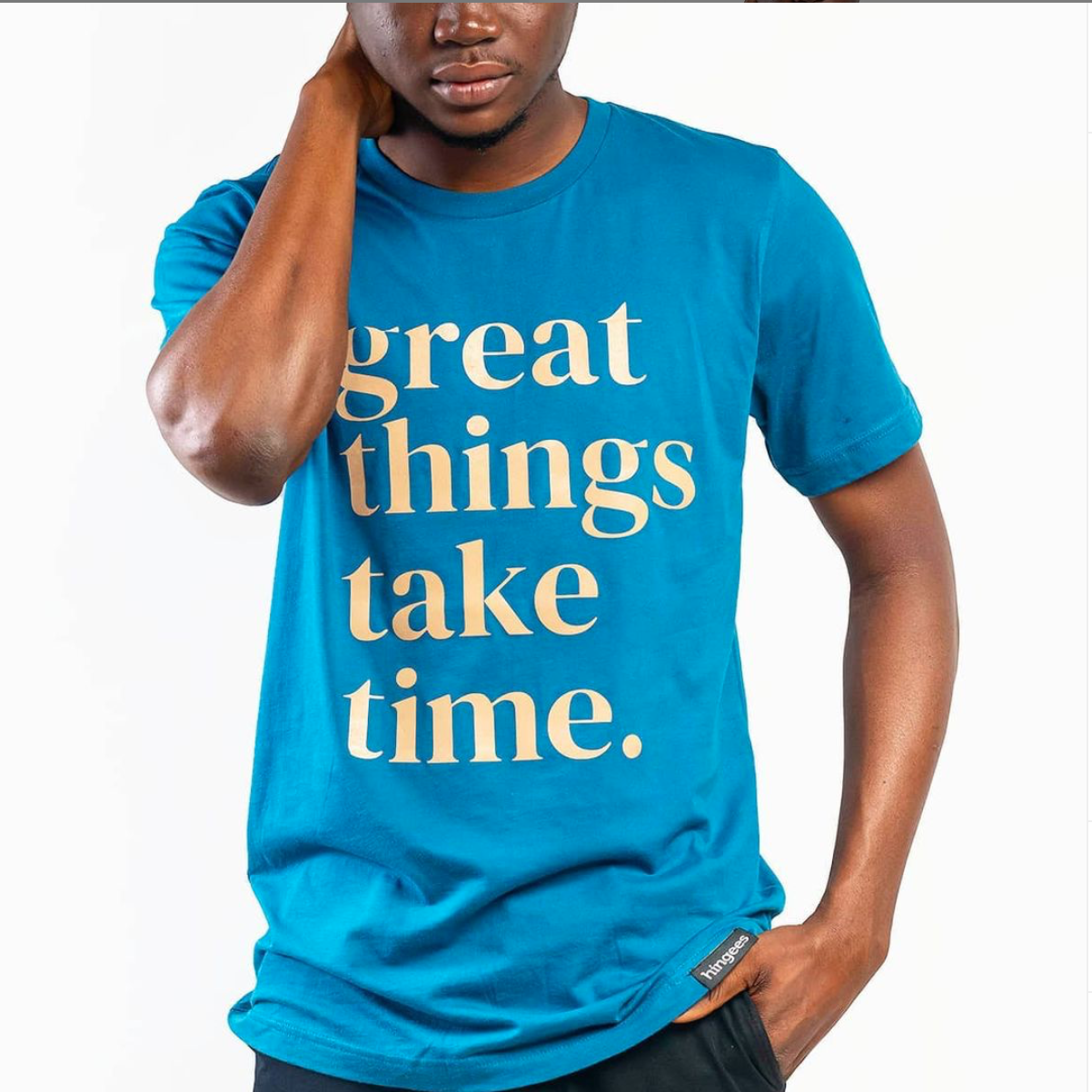
Owning a clothing brand was a dream Hammed had romanticised since his undergraduate days, but how it would come into fruition, he wasn’t sure. But there is one beautiful thing about his story: every step he took, everyone he met, every knowledge he gleaned many years back was preparing him for who he is currently. Talk about life paying attention to detail when it comes to Hammed’s matter.
As an undergraduate, I used to teach computer science students a few things. While doing that, there was a guy I met, Wale, who had a company and had another company handling his design project. He didn’t want them anymore and brought me to Lagos to do a transfer of files. At that company, I met Rosheed who saw my works and loved them and introduced me to some guys, OGQ2 clothings, who print apparels and made designs on T-shirts, and stuff. That was my first exposure to apparel printing and I was again fascinated. So I told one of my egbons at OGQ2, Kayode Olowu, that I wanted to start selling shirts in school under the name ‘Goodman clothing.’ At some point, I started designing my own tees and in school, people would come to me to ask for specific clothing designs.
After school, I knew I wanted to own a T-shirt brand with captions that would spark conversations. But I had zero idea of how I was going to do this.
When he started, he was getting his t-shirts from the OGQ2 team, but he later started buying from Yaba. Buying from Yaba came with a problem: inconsistency. Hammed was not getting the exact shades or quality he wanted.
Consistency and attention to detail is very key for me. The way they sewed the t-shirts wasn’t great for me. When you work with artisans, you’ll realise many just want to do your job and move to the next, so they don’t pay attention to detail. They don’t care about their job, they only care about their pay, and that was something I wanted to eliminate from my process.
With this kind of wahala, how will he ever own a brand?
I started getting ready-made t-shirts. Before I started Hingees, I did my research for 8 months while still working at Jumia. I googled the best kind of fabrics, the best kind of blanks, print techniques and stuff. I got where to buy t-shirts and bought 6 at once. I kept them in the house because I had no brand name.
One day, in the Jumia office, someone opened the door, and I saw the hinge – a hinge connects two parts of an object together, so I added one e to the word ‘hinge.’
Hinge + e + s = Hingees. Genius! You’d agree.
Hingees, as a brand, has done well so far and has moved from making tees and hoodies to making wallets, wrist bands, bags, and so on. From telling people they are limitless to encouraging them to ‘Talk Less Do More’ and ‘be bold or italics but never regular,’ Hingees is more than a lifestyle brand, it is a story.
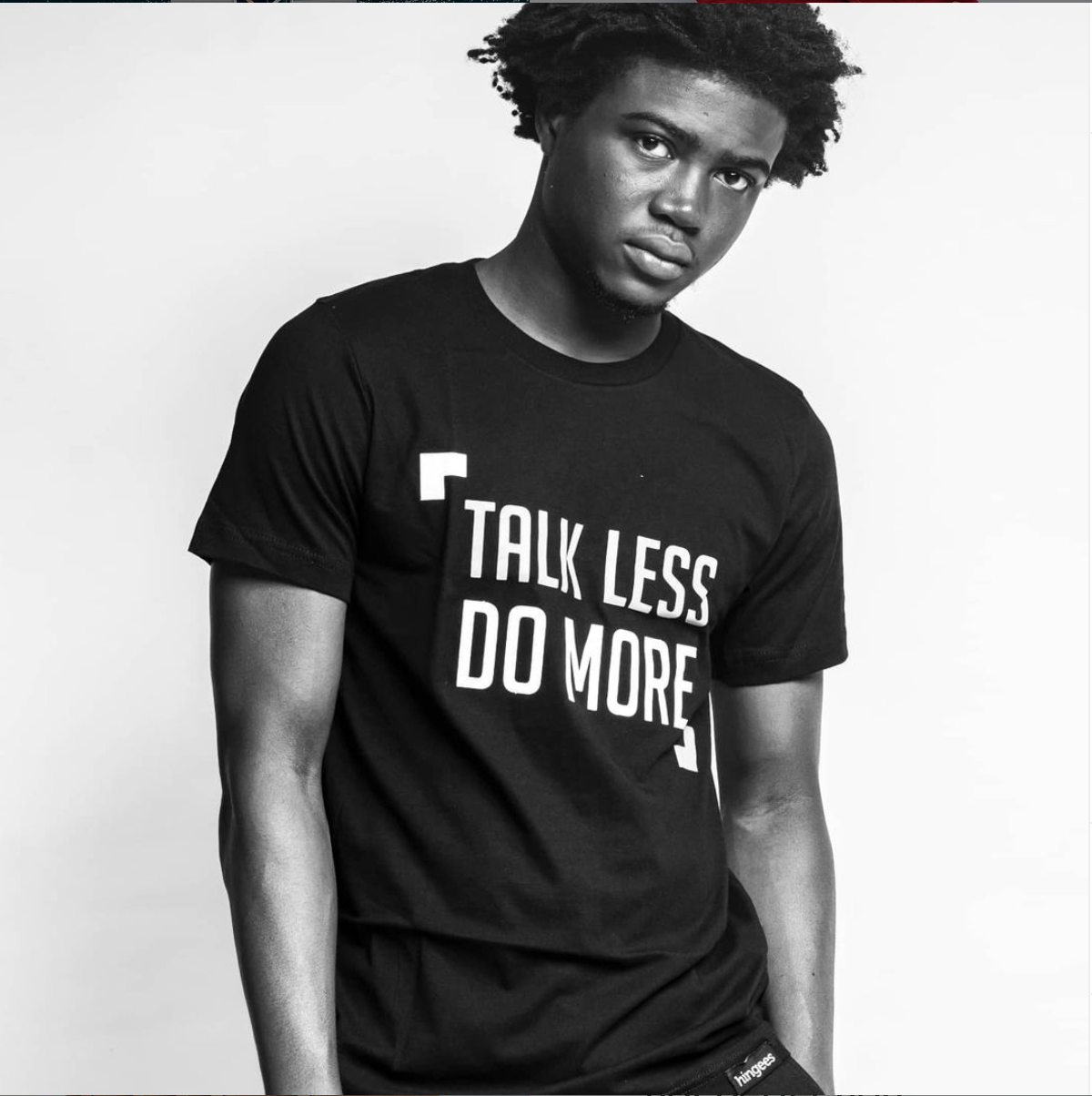
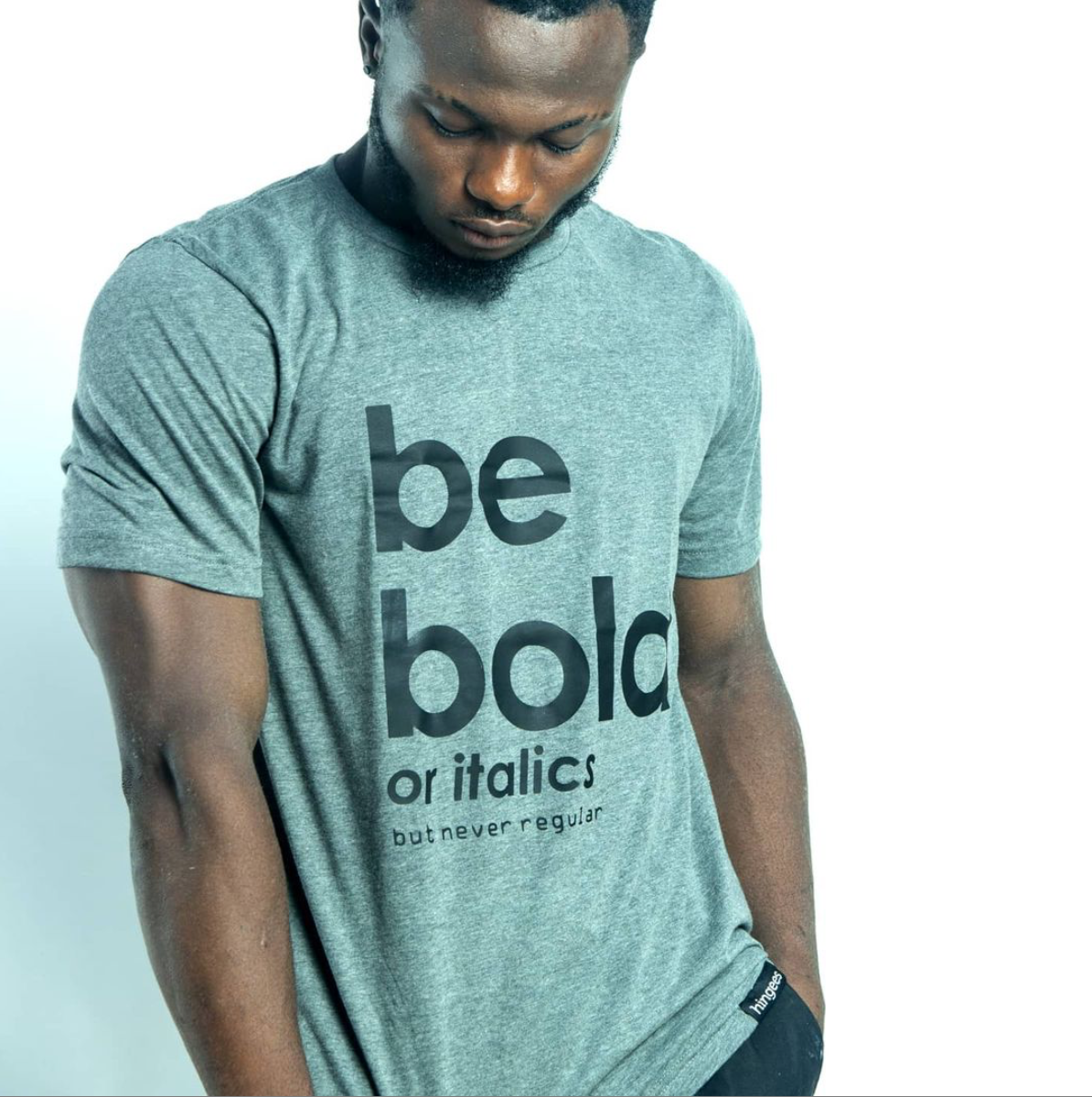
Hingees is not Hammed’s only creative outlet.
There are two other brands that I oversee. There’s Blanktribe which is similar to Hingees. At some point, a couple of organisations started reaching out to me saying they wanted some apparel marketing for their staff and a whole lot of other uses. Sometime in 2018, I called two of my friends together and told them we could create a business out of this that is separate from Hingees, and we birthed Blanktribe. Unlike Hingees that is business to consumer, Blanktribe is core B2B – business to business. Blanktribe makes apparels in bulk for organisations.
Then there’s Dhikrposters that is focused on designing wall posters and a bit of little interior accessories for Muslim homes.
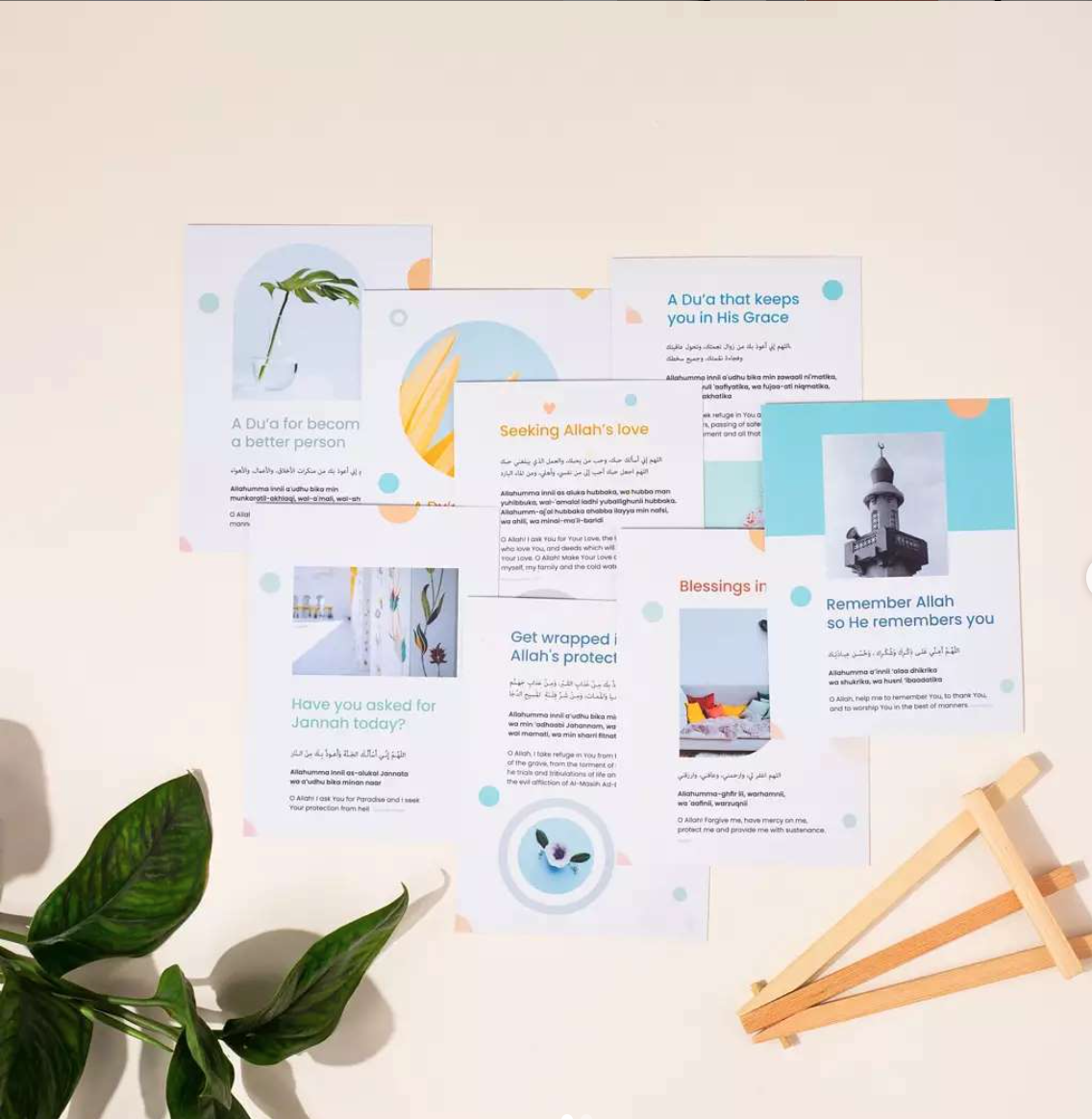
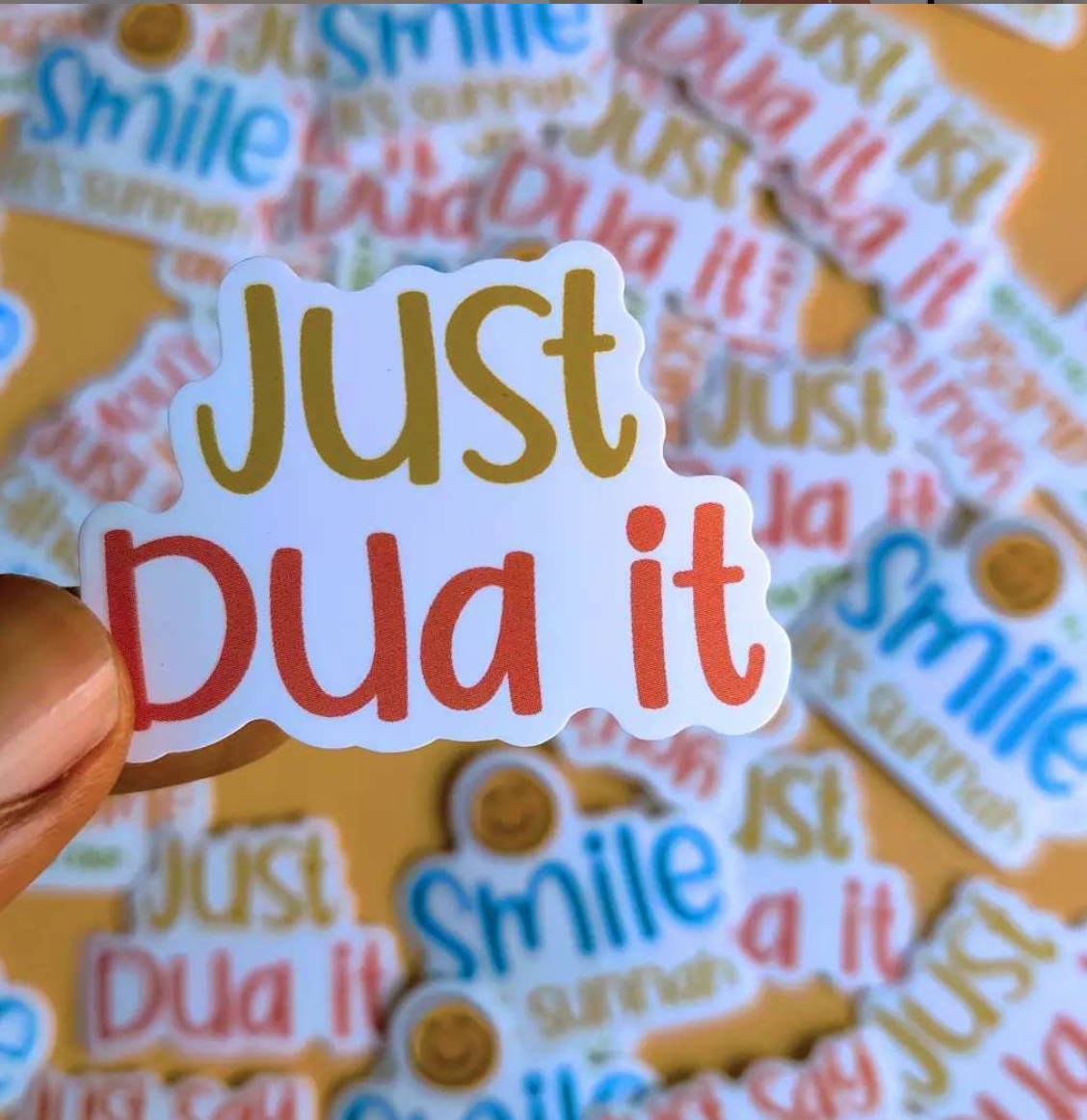
One can say that as a graphics designer, Hammed is doing well. Still, there are some challenges that living in this part of the world throws your way. “Entrepreneurship is hard. With business, you need money. You need money to drive passion,” Hammed says. For someone who also imports t-shirts and leather, the consistent depreciation of the naira is also a huge problem for him.
Like every other creative, the ‘sweetest’ money Hammed has made came from foreigners, “Omo! International gig sweet,” he laughs. Art is less appreciated here, so how can we build an environment where African artists and designers can thrive without depending on international clients?
I won’t lie to you nor will I do ‘acquire to perspire.’ The reality on ground is that it is not feasible at the moment. The Nigerian client that wants to pay you is also hungry. The government is also kicking his ass. He’s the same person that will still buy a loaf of bread for 500 naira, that is why he is pricing you down. A lot of Nigerians don’t value creative works. It’s a thing of mindset.
What is feasible is creating a community where we can export our talent. It’s a global world.
Hammed Okunade is an embodiment of creativity and that is why, beyond Hingees that is inspirational, Dhikr posters that reminds people about their faith, and Blanktribe, Hammed is creating a project that transcends beyond the physical into people’s genius minds. A product that will encourage people to just create and let out their ideas into the world. With this new product, those creative ideas in your head will no longer develop wings, but they can now be metamorphosed into something tangible. So watch this space.
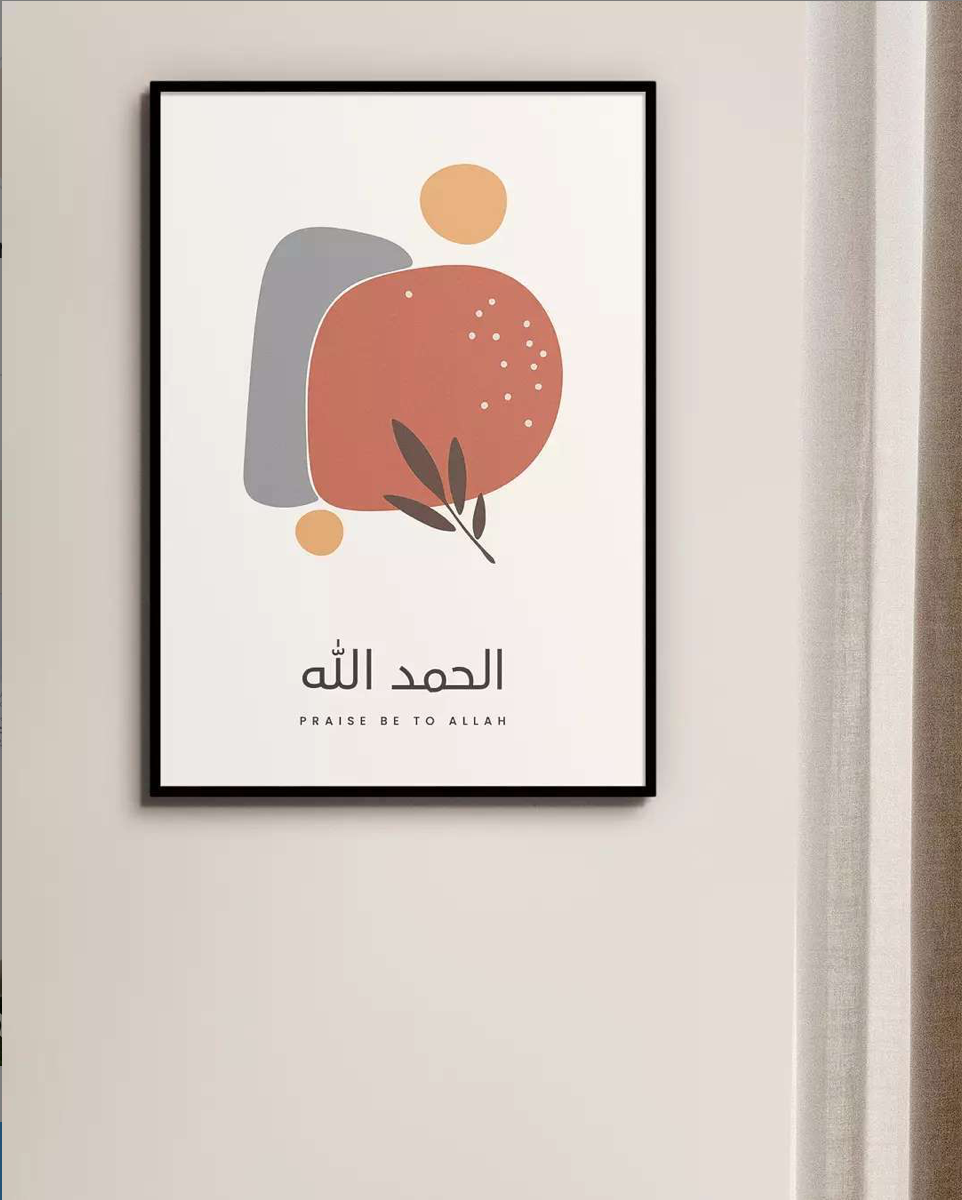
There’s one thing we learned from Hammed: he never burns bridges, the people he surrounds himself with are pivotal to his growth. Here are other things you can learn.
As a creative, you should have an open mind. You must be willing to learn and share. Learn to share resources and connect with people. Uphold your values as much as you can, and stay true to your core.
I am international about the kind of things I surround myself with. When I wanted to improve myself as a designer, I invested in a lot of foreign materials – books, magazines – because we don’t have a proper design school in Nigeria. I also curate a lot. I may be walking on a street and pick up a clothing tag or a beautiful button. The beautiful thing is a lot of what we create comes from things I have kept for a very long time.
Beyond Hingees, Hammed is planning on going to a design school, “I’m crazy about design. My dream is to continue creating products that inspire people.”
We see that, Hammed, and we’re rooting for you.
***
BN Creatives’ Corner is a series that gives creatives living and working in Africa the platform to showcase their work, talk about their journey, struggles and highlights of being creatives in Africa. We have told the story of Anne Adams who bends clay to create stunning artwork, and Nana Frimpong Oduro whose art explores the many aspects of our split personalities, TJ Benson a writer, Renike, a visual artist, and many more. You can read them all here.
Many thanks to Hammed Okunade for having this conversation with us and letting us share his story. You can visit Hingees, Dhikrposters and Blanktribe or Hammed’s website to see more of his works.


